Projects aim to better understand, measure and reduce the environmental and carbon footprint of aquaculture feeds
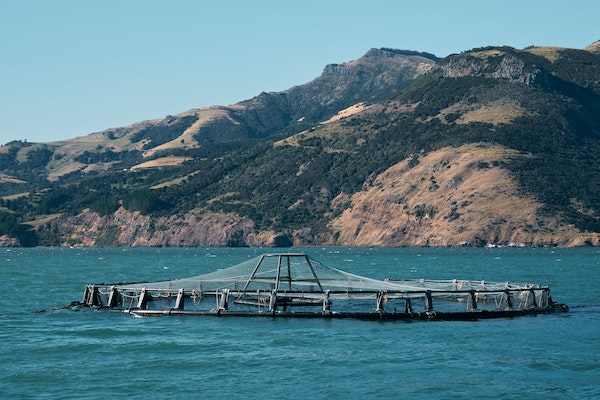
Sustainable Fisheries Partnership (SFP), a marine conservation organization, has announced a new landscape-based aquaculture initiative. It aims to help seafood buyers, processors, and farmers create the scale necessary to deal with the various challenges related to fish farming, such as environmental and economic issues, by collaboratively looking at the bigger picture.
“Retailers and major buyers of seafood are looking for actionable solutions to have a positive impact,” said Braddock Spear, global policy director at SFP. “The time is now to link improved aquaculture production and sourcing to broader goals and positive impact on climate change, biodiversity and strengthening communities.”
Made possible by funding from the Walmart Foundation, SFP will initiate two new projects within its aquaculture programs:
- Organizing market demand in support of more sustainable aquaculture feed;
- Building the foundation and roadmap for landscape-scale aquaculture improvement of farmed shrimp in Andhra Pradesh, India, in conjunction with the Aquaculture Stewardship Council.
SFP will focus on industry improvements and collective action to address aquaculture feed sourcing risks. Key products include an industry action toolkit to facilitate positive and aligned supply chain engagement on aquaculture feed sustainability. SFP will work with other leading NGOs and related initiatives to ensure consistency in advice and recommendations.
“We have an exciting and unique opportunity to work with seafood buyers and supply chains to develop collaborative efforts around feed,” said Dave Martin, program director at SFP. “This project will allow us to engage industry to better understand, measure and reduce the environmental footprint of aquaculture feeds.”
Currently, only about 24 percent of farmed shrimp from India is certified. As demand from international markets for certified products grows, there will be an urgent need to address sustainability issues at the landscape level, beyond what can be delivered through farm-level certification.
Now that you've reached the end of the article ...
… please consider supporting GSA’s mission to advance responsible seafood practices through education, advocacy and third-party assurances. The Advocate aims to document the evolution of responsible seafood practices and share the expansive knowledge of our vast network of contributors.
By becoming a Global Seafood Alliance member, you’re ensuring that all of the pre-competitive work we do through member benefits, resources and events can continue. Individual membership costs just $50 a year.
Not a GSA member? Join us.
Author
-
Responsible Seafood Advocate
[103,114,111,46,100,111,111,102,97,101,115,108,97,98,111,108,103,64,114,111,116,105,100,101]
Tagged With
Related Posts
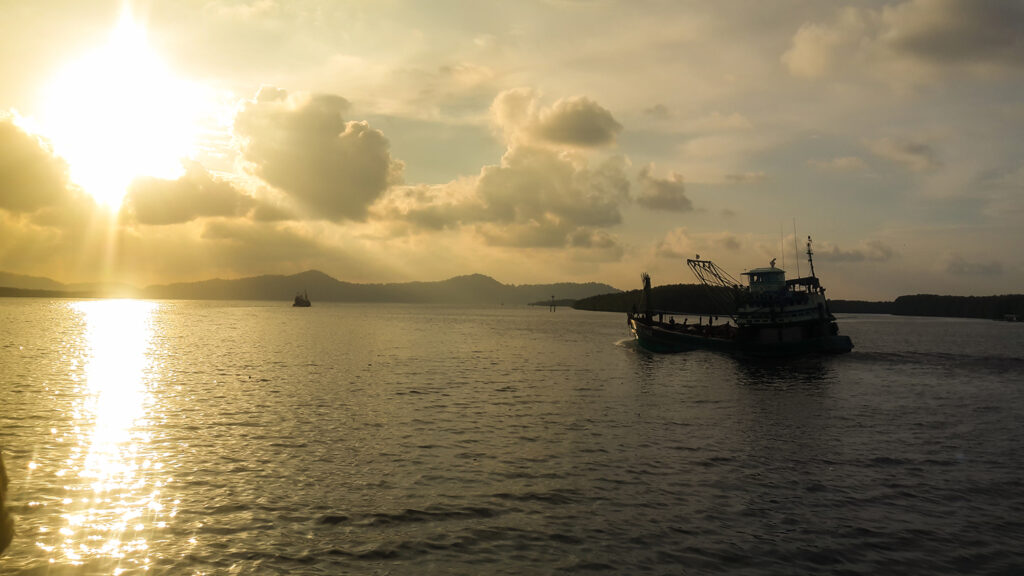
Fisheries
Can a data-sharing tool eliminate IUU fishing and make seafood supply chains more reliable?
The Sustainable Fisheries Partnership’s new data-sharing tool helps users identify environmental risks and eliminate IUU fishing in seafood supply chains.
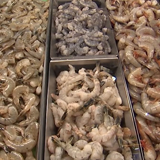
Responsibility
SFP urges sectorwide improvements for Southeast Asia farmed shrimp
Six of the world’s leading shrimp producers are in need of aquaculture improvement projects and zone-management strategies that address pressing sustainability concerns, a leading seafood NGO has determined.
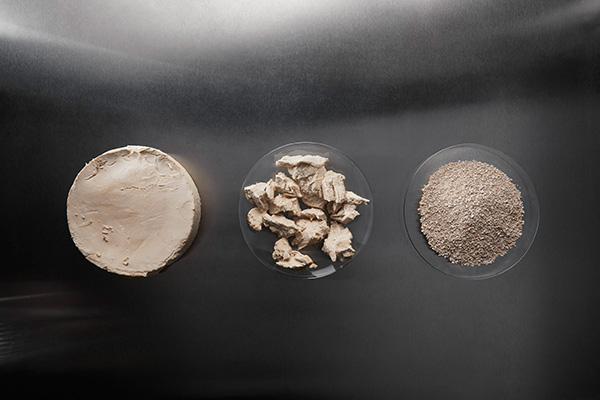
Aquafeeds
Aqua-Spark invests in Finnish biotech startup to scale up fungal protein production
Funding enables eniferBio to scale up production of PEKILO® fungal protein powder and seek approval from the EU and other markets.
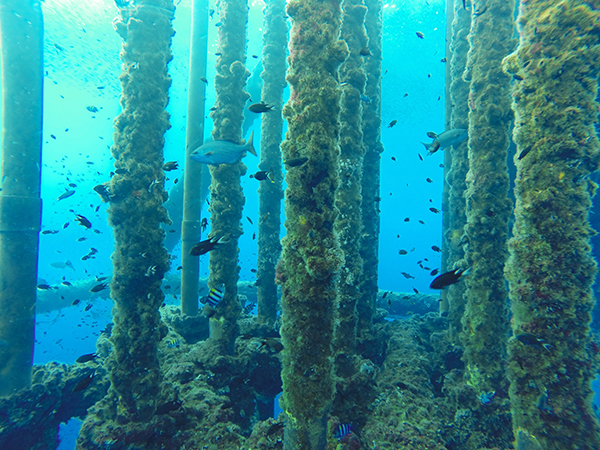
Aquafeeds
Researchers suggest recycling marine waste from inactive oil platforms into aquaculture feed
A new study is looking at ways marine growth from decommissioned oil and gas platforms could be used for livestock and aquaculture feed.



